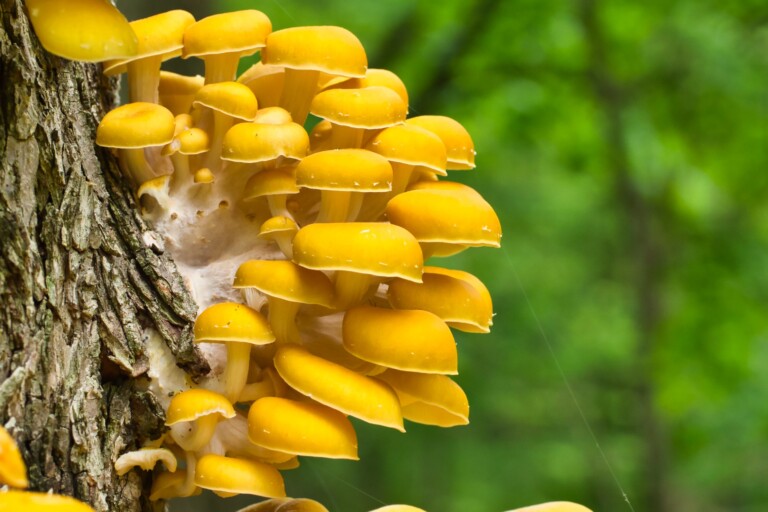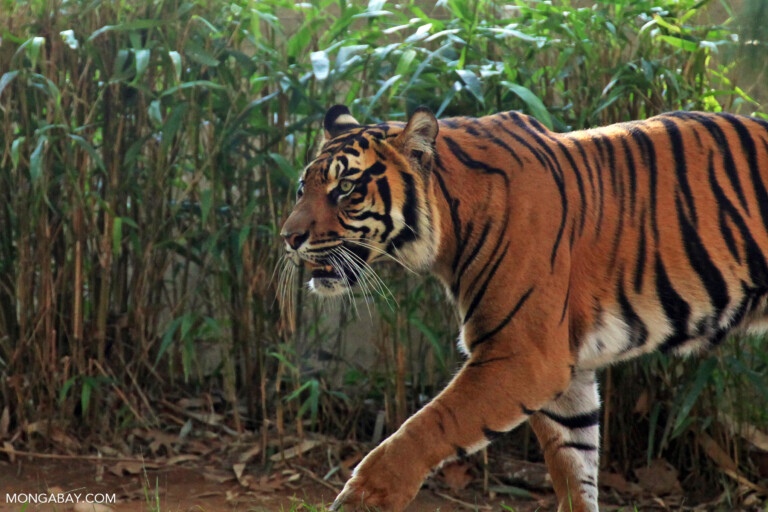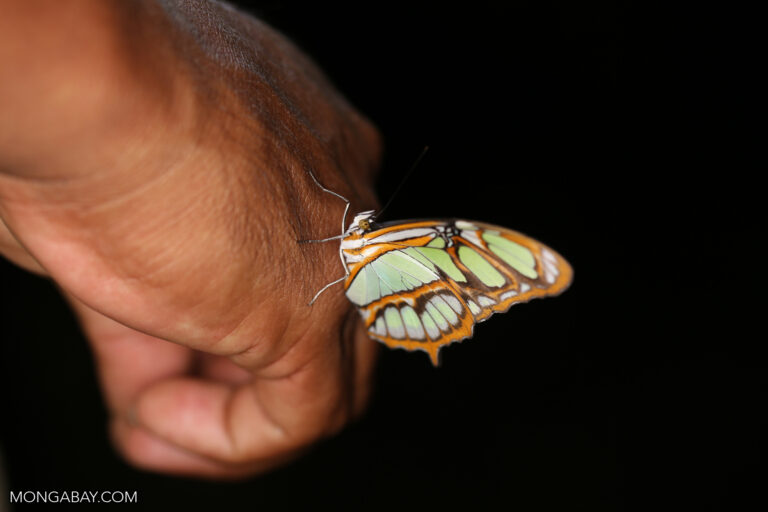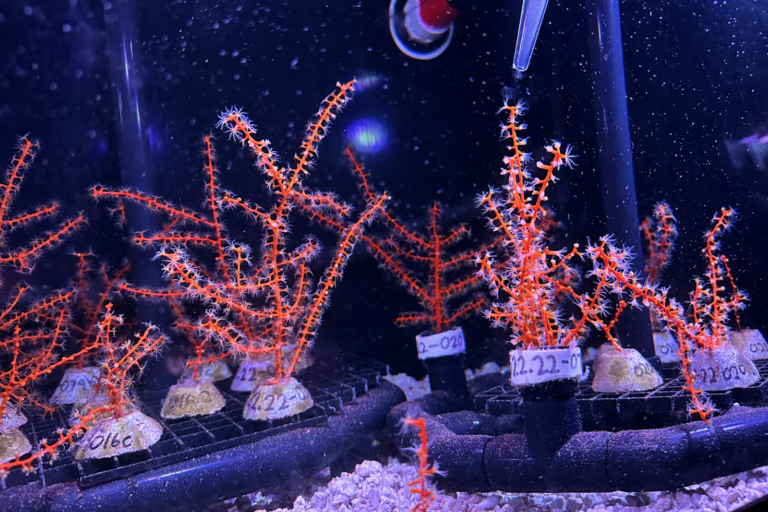When BP’s Deepwater Horizon oil rig exploded in the Gulf of Mexico in 2011, it led to the largest oil spill in U.S. history, severely damaging marine ecosystems. Part of the settlement money that BP agreed to pay has since been used for a deep-sea restoration project that has achieved significant milestones in spawning corals through new innovative methods, Mongabay’s Liz Kimbrough reported in May.
The eight-year, deep-sea Mesophotic and Deep Benthic Communities (MDBC) restoration projects, led by the U.S. National Oceanic and Atmospheric Administration (NOAA) and partner institutions, involve propagating coral, as well as mapping, assessing, protecting and managing deep ocean habitats across the Gulf of Mexico.
The teams first use autonomous underwater vehicles (AUVs) and remotely operated vehicles (ROVs) to map and scan the seafloor. Their camera footage helps researchers identify locations with the most damaged coral species, allowing them to focus on areas where they can make the greatest impact.
“We are mapping the Gulf to a level that is practically unprecedented,” Andrew Davies, a professor of marine biology from the University of Rhode Island, told Kimbrough. Since 2022, they’ve mapped 19,400 square kilometers (7,500 square miles) of the seafloor, nearly the size of the country of Wales.
Once the maps are ready, the researchers use the ROVs’ mechanical arms to carefully collect small cuttings of healthy corals, avoiding damage the rest. Researchers then further cut these clippings into smaller pieces and mount them on a concrete rack. After just a few days, or sometimes hours, the racks are carried back down, where the ROVs spread them around the seafloor.
In May 2023, the first month of such planting, the team placed 200 coral fragments of three species at a depth of 230 feet (70 meters). They planted another 140 fragments in 2024. Depending on the coral species, survival rates can range from 60-90%, Kimbrough reported.
Highly trained U.S. Navy divers, capable of going beyond the recreational scuba limit of 40 m (130 ft), have also helped experiment with planting corals. During the 20 minutes they’re allowed to spend at depths down to 100 m (330 ft), they fragment the corals by hand and glue them to racks placed directly on the seafloor. At the time of the story’s publishing, researchers weren’t sure about those corals’ conditions.
In a parallel effort, scientists are growing deep-sea corals in three federal laboratories in conditions that precisely mimic deep-sea habitats. At NOAA’s lab in Galveston, Texas, one coral species started reproducing in 2023, producing 1,000 baby corals. Under the carefully managed lab conditions, the corals seem to be growing faster than expected, Chris Gardner, a U.S. government fisheries biologist, told Kimbrough.
The first lab-to-ocean coral transplantation is planned for later this year.
Read the full story by Liz Kimbrough here.
Banner image of Swiftia exserta, or red polyp octocoral, being fed in the lab. Image courtesy of NOAA.





